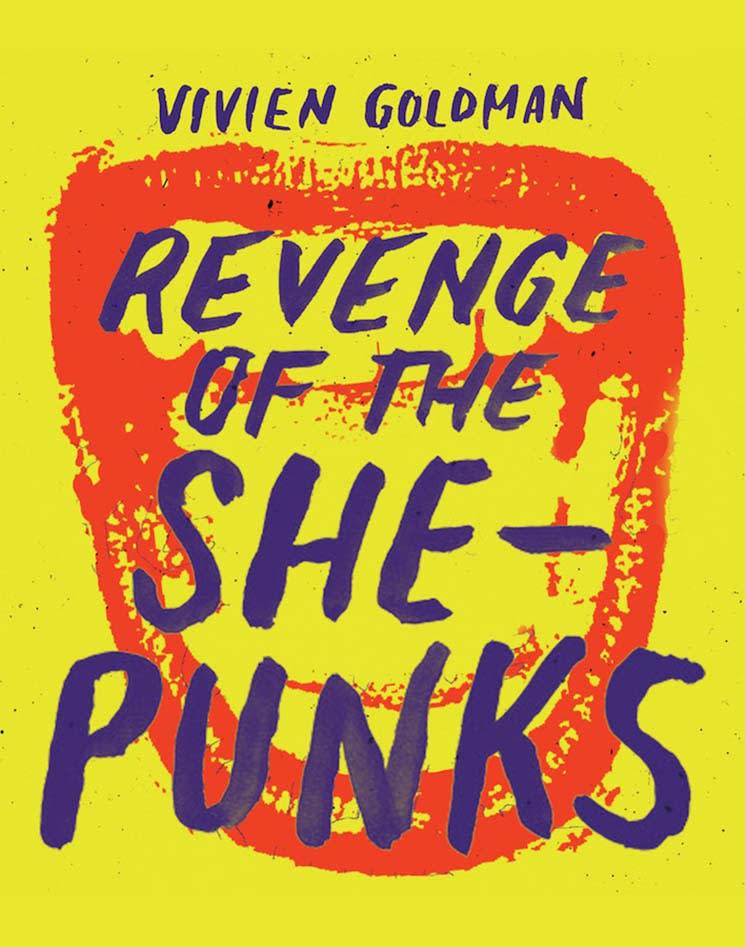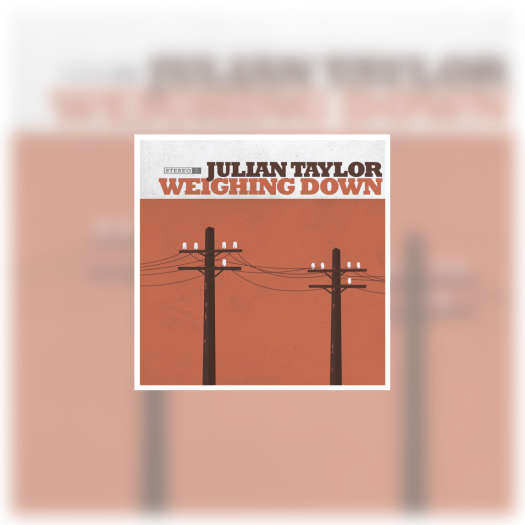What makes Vivien Goldman an authority on punk and feminist music history? For one, she is an Adjunct Professor at New York University's Institute of Recording, where she's known as the punk Professor. Her c.v. also includes being Bob Marley's first publicist in the UK, writing many "Women in Rock" stories (and serving as editor at the UK's bygone Sounds), and recording as a remember of early '80s new wave duo Chantage.
Indeed Goldman's work in the industry is extensive and important, and the anecdotes shared in Revenge of the She-Punks affirm her credibility. In addition to being flatmates with the Pretenders' Chrissie Hynde, Goldman witnessed the first wave of female rockers hitting London clubs and took Stevie Nicks vintage shopping.
Goldman is a trusted guide through "A Feminist Music History from Poly Styrene to Pussy Riot," the apt subtitle of her latest book, which explores how and why she-punk came to be. The history is not a chronology, nor broken down by country, since the movement is ongoing and itself rejects restrictive constructs. Instead, Goldman establishes four chapters based on universal themes: Girl Identity, Money, Love/Unlove and Protest.
In each chapter, Goldman addresses specific injustices that have called the she-punks to action. In one instance, it's the rape of Kathleen Hanna's roommate that ignited Bikini Kill and set the Riot Grrrl movement aflame; in another, it's the fatwa (death threat) that disbanded Kashmir-based all-girl trio Pragaash — and so forth. Of course, each scenario is indicative of overarching social evils, and require far more examination than the book imparts — one volume could never convey their magnitude. But the book succeeds in explaining why women fight back with punk.
According to Goldman, punk is born out of necessity, and that's why it's an accessible mechanism for women in different circumstances, places and times. Most obviously, in a music industry controlled by men, women could embrace punk's DIY ethos to create their art outside of a male-curated mainstream. And without their restrictive criteria, punk can take on many forms.
For Kathleen Hanna, it became danceable synthesizer songs, which could be made in her bedroom when illness kept her from the stage. For Pussy Riot's Nastya Mineralova, its whatever sounds the loudest with the least amount of instruments, since she takes her protest songs to the streets. The aggressive nature of punk is an outlet for both performer and listener to expel rage, although, punk doesn't always have to be angry. It can also be an expression of self, and celebration of victories — even the simplest ones (à la Shonen Knife's It's A New Find).
By tracing the origin of these feminist players and observing how their music continues to adapt and survive, Revenge of the She-Punks forecasts the longevity of the genre. Vivien Goldman imagines a world where everything — electricity, the internet — is stripped away, and a group of wild woman still sit around a fire echoing the words of Poly Styrene: "Oh bondage, up yours!"
(University of Texas Press)Indeed Goldman's work in the industry is extensive and important, and the anecdotes shared in Revenge of the She-Punks affirm her credibility. In addition to being flatmates with the Pretenders' Chrissie Hynde, Goldman witnessed the first wave of female rockers hitting London clubs and took Stevie Nicks vintage shopping.
Goldman is a trusted guide through "A Feminist Music History from Poly Styrene to Pussy Riot," the apt subtitle of her latest book, which explores how and why she-punk came to be. The history is not a chronology, nor broken down by country, since the movement is ongoing and itself rejects restrictive constructs. Instead, Goldman establishes four chapters based on universal themes: Girl Identity, Money, Love/Unlove and Protest.
In each chapter, Goldman addresses specific injustices that have called the she-punks to action. In one instance, it's the rape of Kathleen Hanna's roommate that ignited Bikini Kill and set the Riot Grrrl movement aflame; in another, it's the fatwa (death threat) that disbanded Kashmir-based all-girl trio Pragaash — and so forth. Of course, each scenario is indicative of overarching social evils, and require far more examination than the book imparts — one volume could never convey their magnitude. But the book succeeds in explaining why women fight back with punk.
According to Goldman, punk is born out of necessity, and that's why it's an accessible mechanism for women in different circumstances, places and times. Most obviously, in a music industry controlled by men, women could embrace punk's DIY ethos to create their art outside of a male-curated mainstream. And without their restrictive criteria, punk can take on many forms.
For Kathleen Hanna, it became danceable synthesizer songs, which could be made in her bedroom when illness kept her from the stage. For Pussy Riot's Nastya Mineralova, its whatever sounds the loudest with the least amount of instruments, since she takes her protest songs to the streets. The aggressive nature of punk is an outlet for both performer and listener to expel rage, although, punk doesn't always have to be angry. It can also be an expression of self, and celebration of victories — even the simplest ones (à la Shonen Knife's It's A New Find).
By tracing the origin of these feminist players and observing how their music continues to adapt and survive, Revenge of the She-Punks forecasts the longevity of the genre. Vivien Goldman imagines a world where everything — electricity, the internet — is stripped away, and a group of wild woman still sit around a fire echoing the words of Poly Styrene: "Oh bondage, up yours!"




